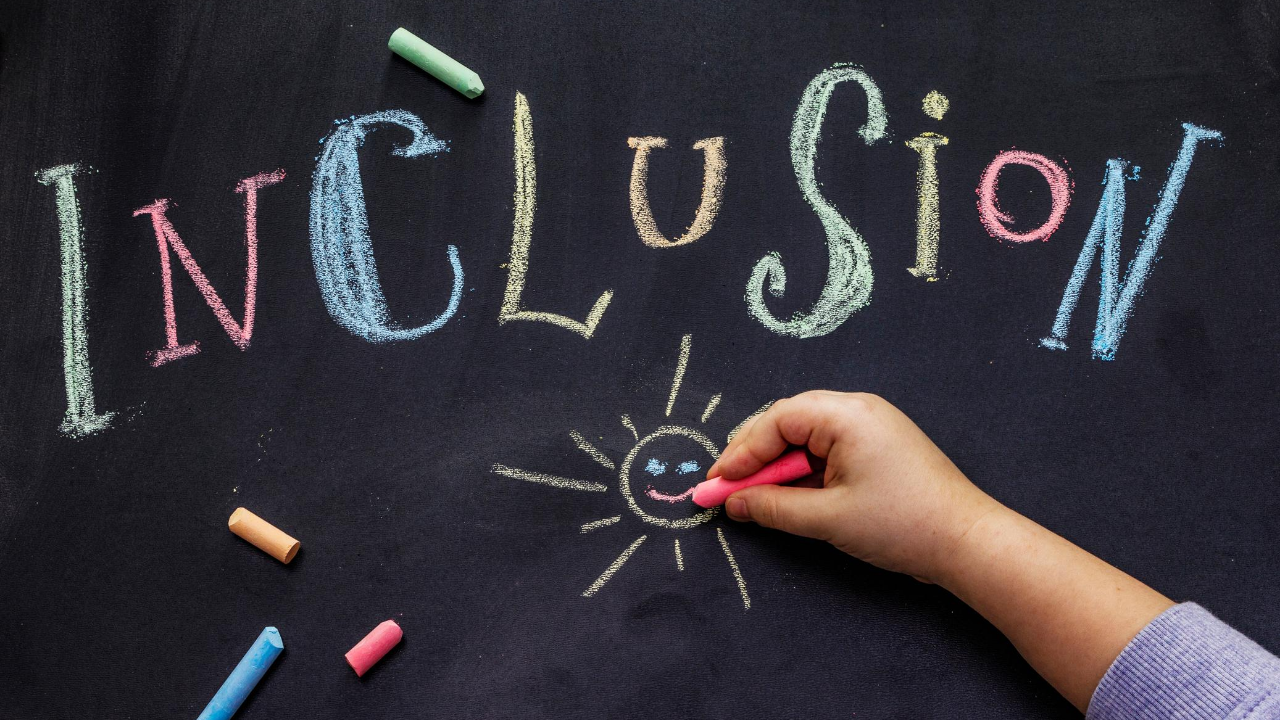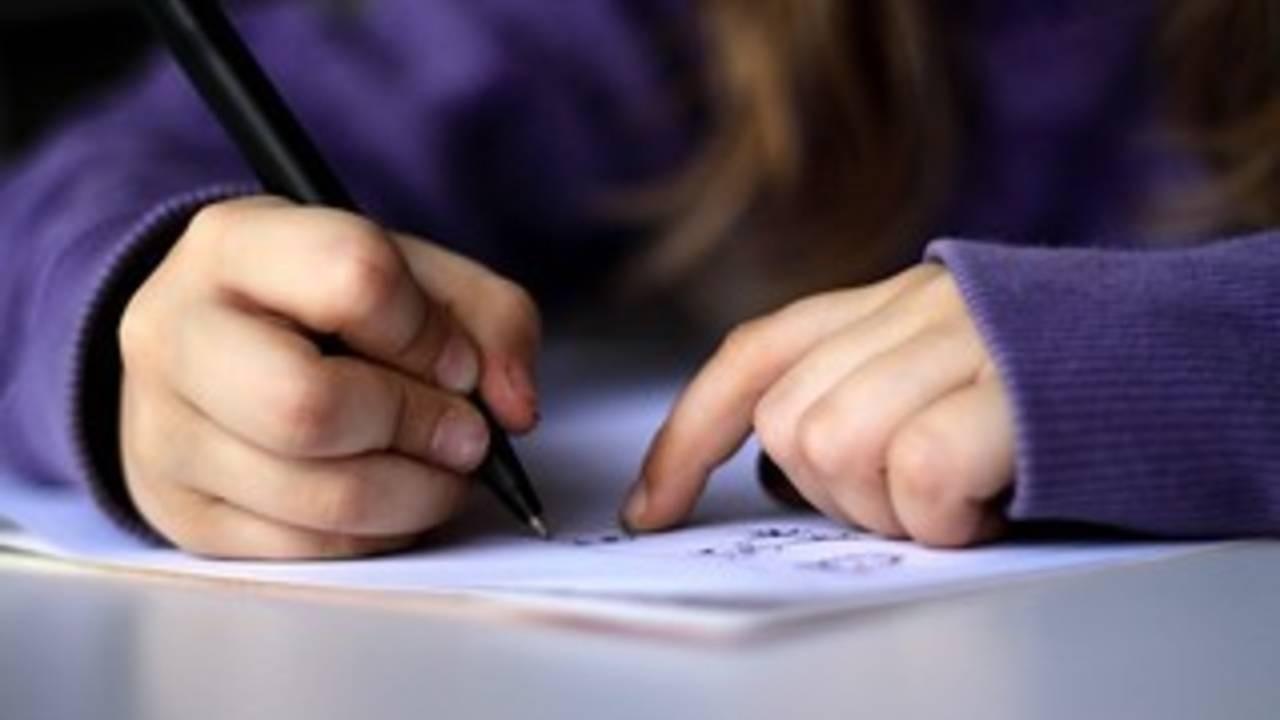Stirrers and settlers for young learners

When teaching young learners, teachers need to adopt a balanced teaching style which includes a variety of activities often called either stirrers or settlers. Stirrers are activities which encourage students to be active and dynamic which may include standing, hopping, strolling and running. Settlers are activities opposite to stirrers. It involves learners to sit down and be calm.
It is important for teachers to use these different activities to establish a routine in the classroom. And also to use the activities to make the unfamiliar surroundings familiar to young learners. Some of the stirrers and settlers activities are as follows:
- Create a positive learning environment for the young learners where the young learners have the freedom to select his/her activities and the teacher either add/remove materials as needed).
- Create a controlled atmosphere right from the beginning by allowing the kids to enter the classroom and settle down quickly in small groups (for instance if a...
How to spot Dyscalculia? Accommodations of Dyscalculia.

Children with dyscalculia have difficulties with all areas of Mathematics – like telling time, counting money, and performing mental calculations. According to a family psychologist and author – “their brains need more teaching, more targeted learning experiences, and more practice to develop these networks. Dyscalculia frequently coexists with dyslexia.
Signs of dyscalculia are not always easy to spot. Keep in mind that all kids have trouble with maths from time to time. But children with dyscalculia struggle a lot more than other children the same age. Dyscalculia is not the same as math anxiety because the latter involves strong emotions around Math.
What are the signs of Dyscalculia?
- Face difficulty when learning to count.
- Doesn’t seem to understand the meaning of counting.
- Struggle to recognize patterns, like smallest to largest or tallest to shortest.
- Have a problem understanding number symbols like making the connection between ‘9’ and the...
Teaching Strategies to Help Children

Start with the Child
Dyslexic children often ‘fail’ in their studies and this can affect their motivation to learn. To get them back to learning, it is very important to first build rapport with them. This can be done by talking to and listening to them. The communication will help
- you get to know the children in your class, their interests and oral ability;
- the children to get to know you and;
- build trust and confidence between you and the children.
How can dyslexic children learn better?
There are numerous programs, teaching aids and software packages that you can use with students. Tuition or remedial sessions should be multi-sensory with many variations involving looking, listening, speaking and touching. Every child is unique and it is good to observe which kind of learner type each child belongs to.
Visual Learner (Learning through seeing)
Auditory Learner (Learning through listening)
Kinesthetic Learner (Learning through action and...
Inclusive education - Why & How?

Knowledge is the supreme power and every child has the right to access this power. The schools hold the responsibility to provide education and the homely environment to children which helps them to bloom and secure a prosperous future.
Every child deserves to have a safe learning environment that is free from any discrimination or marginalization.
In the case of students with special needs, most of them are admitted to special schools. Nevertheless, we must acknowledge the increasing demand for Inclusive educational institutions where every child irrespective of their background gets a chance to gain knowledge.
One cannot ignore the importance of belongingness and unity in the development of skills in a child as they seek to attain knowledge in their growth years.
Our main aim should be to help a child with special needs to learn skills which can help them throughout their lives. An inclusive education institute ensures that they acquire these skills as they...
Inclusive Learning and Teaching for Specific Learning Disabilities

Specific Learning Disability (SLD) is a permanent disorder caused by neurological impairments that interfere with acquiring, integrating and demonstrating verbal and non-verbal abilities. As a result, students with SLD are poor communicators and have difficulties interacting with others.
For a child to be diagnosed with SLD, the child has to function two grades below his/her age-appropriate grade in reading, writing, arithmetic, or mixed abilities. The child may also exhibit psychological signs due to the disability such as quitting, avoiding, clowning, controlling and denying all.
Priya is a typical example of a student with SLD. She had difficulty understanding the order, sounds, and recognition of letters and hence affected her learning. And because of her learning difficulty, she felt very frustrated at school.
In order to help students with SLD such as Priya, inclusive teaching techniques can be used. Inclusive teaching can start with the school and teachers providing a...
Challenges faced by school students with Learning Difficulties

I have taught students with special needs for more than 35 years. I have taught students with visual disabilities, auditory disabilities, mental retardation as well as specific learning disabilities.
I am more perplexed when I deal with a kid with a learning disability. Though all special educators rightly give importance to early intervention, my heart goes to the struggle teenagers face, after basic remediation.
Many of my students who joined me while in their primary school have now grown to be independent and doing well in life. I have seen them struggling not only in school but at home, in their social circle and handling their emotions as adults.
All L.D. Students have reading/writing/spelling/math difficulties. Fortunate ones receive early intervention and good remedial support. But what percentage of them remain in the mainstream and complete their high school diploma, in a regular school set up?
Many schools provide resource facilities up to the end of primary school....
Multi-sensorial approach to reading comprehension

Reading stories is a great way to explore and learn new things. It can be very enjoyable and entertaining. Children with reading difficulties, however, may not be able to comprehend stories well, and in turn, experience lesser enjoyment while reading.
Incorporating multi-sensorial elements into the process of reading has shown to allow learning to be more concrete and enjoyable (Korkmaz & Karatepe, 2018). This article will suggest ways you can engage the senses in the process of reading.
- Sense of touch: Crafting the story
Being able to visualise the scenes in a story as it progresses can help readers to comprehend the story better. Try working with the child to identify the components of the story such as the setting, characters, and events of the story, and create these components using craft materials (e.g. creating sock puppets of the characters).
Through the reenactment of the story with the props created, it allows for the words in the books to come...
Autism And Reading

Reading is a skill and we are all aware reading fluency is critical. Learning to read can be a daunting task for learners with autism spectrum. However, by applying the correct coaching techniques and understanding the learner’s interest and learning capability, coaching a learner with autism spectrum to read can be much easier.
Conducive Environment
Learners with autism spectrum disorder are vulnerable to distractions. They have the tendency to get distracted by sounds and brightness and may not be capable to filter out irrelevant details such as noises and visual information. They may get distracted from the sounds or noises coming from fans or even the air conditioners.
It is recommended to provide a quiet room for the learner. Ensure outside noise are kept to a minimum. And do not sit the learner facing bright sunlight or near to a flickering fluorescent lighting. Instead, try opting for natural light or reading lamp for the reading session, as this can...
Ways To Help Your Kids Write Faster

Writing is an important skill for communication and especially in the education field when students are expected to write well and fast throughout their learning at school. In today’s world of technology, students are presented with lesser opportunities to practise their writing skills which may potentially be one of the contributors to a reduced speed in our students’ handwriting. This creates some concerns among parents on their children’s handwriting skills and speed.
There are many factors that can affect your child’s speed in writing, such as writing tools, body posture, etc. Here are some tips which can help your child to improve on his/her writing speed:
1) Check the Writing Tools Always use a good quality pen/pencil because it has a great significance on our writing speed and these days they do not cost much.
2) Body Posture and Technique
a. Maintain Good Posture
This is one of the easiest ways the child can do to improve his/her...
Things you should avoid while teaching kids

Teaching is a huge commitment and to be an effective teacher, a lot of us are strongly focused on knowledge sharing but the core aim of teaching is also providing a comfortable and interactive environment. While teaching, knowingly, or unknowingly we make delicate mistakes that may affect the kids.
Make sure you avoid doing these mistakes while teaching:-
1. Yelling: No one likes being yelled at. Yelling at students will result in them developing a dislike for the teacher slowly and may result in distrust. If you want effective communication, you need to talk in a normal but stern voice and this would make teaching less complicated and a fun task.
2.Teasing: It is a top-notch talent in case you are able to use humor in the study room and make students laugh, however, targeted comic stories or remarks that may seem like teasing can harm the students’ self-confidence. Avoid teasing or making fun of the child on the basis of voice, movement,...

